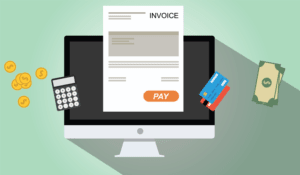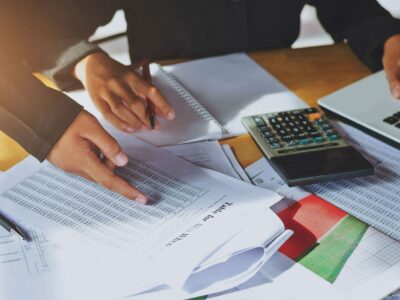
Additionally, businesses may leverage quantitative analysis, considering factors like maintenance costs, usage patterns, and potential obsolescence. Intangible property such as patents, copyrights, computer software can be depreciated. The purpose of this is to match the cost of the assets to the revenues earned from using the asset. Accountingo.org aims to provide the best accounting and finance education for students, professionals, teachers, and business owners. The sofa is a current asset of the furniture shop because it is for sale which is why it can’t be depreciated. So to calculate the depreciation expense, we need to quantify the useful life of the asset mathematically.
Sale And Disposal Of A Depreciable Asset

When calculating depreciation, the estimated residual value is not depreciation because the business can expect to receive this amount from selling off the asset. The purchase price of an asset is virtual accountant its cost plus all other expenses paid to acquire and prepare the asset to ensure it is ready for use. The following is excerpted from IRS Publication 946, How to Depreciate Property, Appendix B. It consists of two parts. The first part, Table B-1, begins with the heading, SPECIFIC DEPRECIABLE ASSETS USED IN ALL BUSINESS ACTIVITIES, EXCEPT AS NOTED. The second part, Table B-2, begins with the heading, DEPRECIABLE ASSETS USED IN THE FOLLOWING ACTIVITIES.
What Are Examples of Depreciable Property?
As long as this asset exceeds a firm’s capitalization limit, it is recorded as a fixed asset Accounting Periods and Methods in the organization’s accounting records. It is then depreciated over its useful life, which gradually reduces its book value over the period when it is presumed to be providing an economic benefit to the business. Businesses need to stay updated with accounting regulations and changes when calculating asset depreciation expenses.

How is depreciation recorded?
Accurate financial reporting depreciable assets is crucial for stakeholders, including investors, creditors, and analysts, who rely on transparent and reliable information for decision-making. Moreover, the Fixed Asset Useful Life Table serves as a foundational tool in financial reporting, guiding businesses in presenting a comprehensive and accurate overview of their asset base. By comprehending the useful life of assets, businesses can strategically plan for replacements or upgrades, preventing unexpected disruptions in operations and reducing the risk of unforeseen expenses. The concept of depreciation in accounting vastly differs from the concept of depreciation in economics.
- It discusses depreciation and provides depreciation examples in many sections of the book, unlike the Accounting for Dummies manual (affiliate link).
- Three primary methods for calculating asset depreciation are straight-line, declining balance, and hybrid.
- Depreciation is allocated over the useful life of an asset based on the book value of the asset originally entered in the books of accounts.
- This depreciation can be helpful in financial planning because it can simplify the decision of when to retire an asset and provide a consistent calculation for tax purposes.
- Real estate can also experience economic depreciation when the market value of the property decreases.
- That said, if losses are recorded on such a property whereby the loss is ordinary, it is fully deductible against the income.
The selection of a depreciation method and recovery period significantly influences a company’s financial statements and overall tax position. Different depreciation methods, such as straight-line or accelerated methods, have distinct impacts on the distribution of an asset’s cost over its useful life. Understanding useful life is paramount for businesses as it directly influences financial planning, depreciation calculations, and overall asset management. The concept of useful life refers to the estimated duration over which a fixed asset is expected to provide economic benefits to a company. A depreciable asset is property that provides an economic benefit for more than one reporting period.
